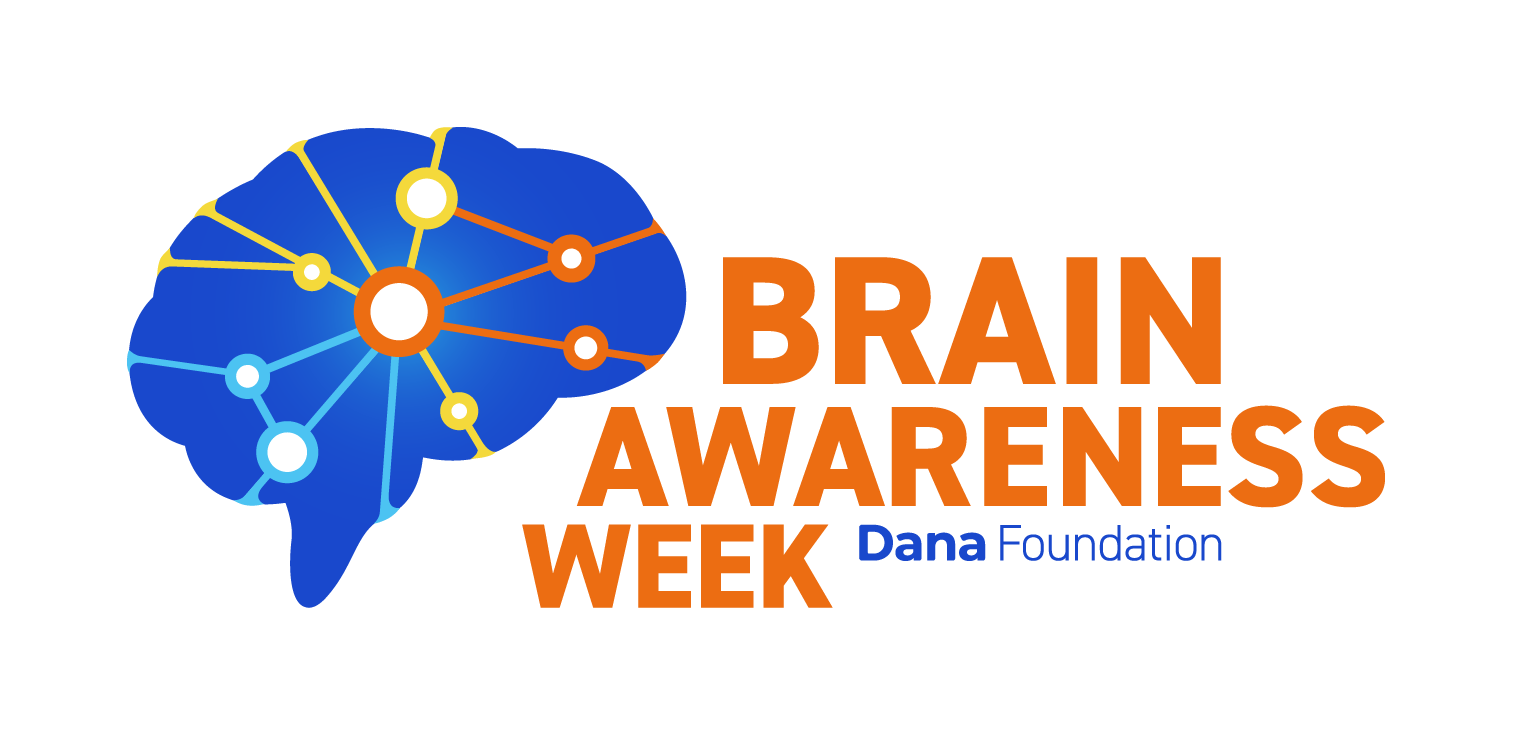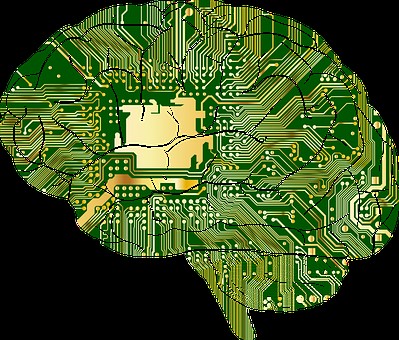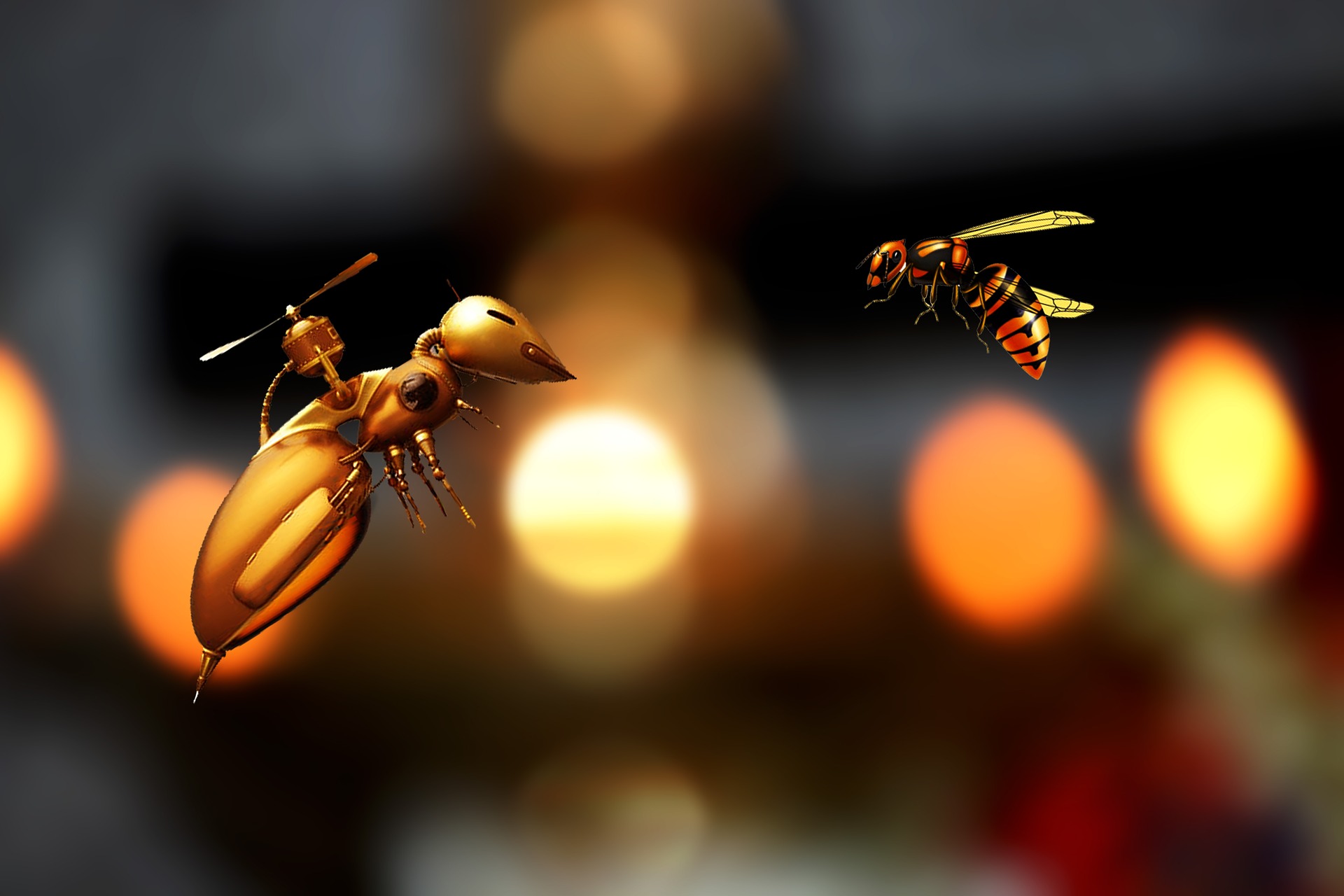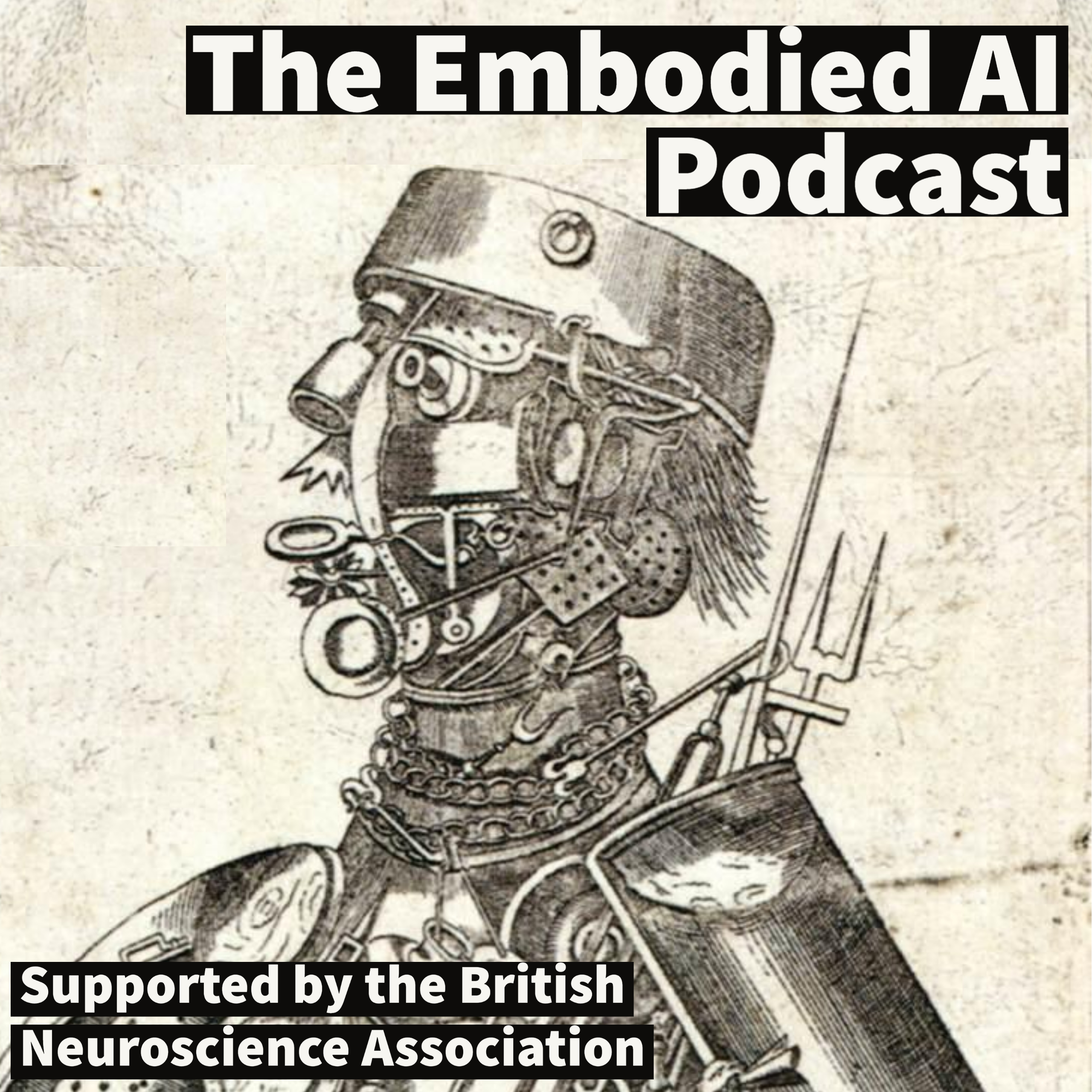Place your votes: BNA Council & Committee elections
22nd July 2024
14th Mar 2022

To celebrate this year’s Brain Awareness Week (BAW), 14-20 March 2021, we’re highlighting the British Neuroscience Association’s (BNA) current 'Year of AI'. We've collated some interesting facts and handy resources to learn more about the exciting world of AI and neuroscience!
1. It's older than you think
Most of current AI uses deep learning technologies that consist of Artificial Neural Networks (ANNs). Althou gh AI seems very new, the discoveries that inspired Artificial Neural Networks are quite old and inspired by neuroscience. For example, discoveries made in the 1940s about the ‘all-or-none’ character (1) of neuronal firing and Hebbian learning, often summarised as ‘cells that fire together wire together’ (2), set the scene for Artificial Neural Networks.
gh AI seems very new, the discoveries that inspired Artificial Neural Networks are quite old and inspired by neuroscience. For example, discoveries made in the 1940s about the ‘all-or-none’ character (1) of neuronal firing and Hebbian learning, often summarised as ‘cells that fire together wire together’ (2), set the scene for Artificial Neural Networks.
2. The 'AI Bible'
In the book ‘Gödel, Escher, Bach: an Eternal Golden Braid’, sometime referred to as the bible of AI, Douglas Hofstadter uses the lives and work of a mathematician (Kurt Gödel), an artist (Maurits C. Escher) and musician (Johann S. Bach) as illustrations to describe how cognition and AI can emerge.
3. Understanding reward
One major branch of AI is reinforcement learning, where agents learn by discovering for themselves how to maximise a reward. An important algorithm in reinforcement learning, called temporal difference learning, inspired neuroscience researchers in the 1990s to develop the reward prediction error theory of dopamine. (3)
 4. The roots of robots
4. The roots of robots
The term robot comes from the book Czech science-fiction play Rossum's Universal Robots (original: Rossumovi Univerzální Roboti) by Karel Capek. In Czech, robota (singular) means forced labour of the kind that serfs had to perform on their masters' lands and is derived from rab, meaning "slave". Should we think of AI as tools, slaves, or moral agents?
5. Saving the planet
DeepMind and Google are currently using AI as a tool to discover new knowledge and solutions. For instance, to help combat climate change their AI system is directly controlling data centre cooling: a first-of-its-kind cloud-based control system to safely deliver energy savings in multiple Google data centres.
6. Saving brain function
AI is also being used to interrogate neuroscience data. Rik Henson’s group at Cambridge is investigating whether machine learning algorithms can be used for the early detection of Alzheimer’s disease. Training an algorithm on MEG data about brain connectivity could enable an AI system to detect early synaptic dysfunction, thereby facilitating early intervention.
Want to know more? Check out these AI experts - all of whom spoke at the BNA's 2021 Festive symposium - and read about what they are currently exploring:
- Mihaela van der Schaar (Cambridge) investigates how machine learning tools can provide insight into human decision-making and learning processes, such as clinical decision-making. This ‘quantitative epistemiology’ could have many applications, for example in helping people understand better how they learn with experience, to guide development of learning resources or monitoring of performance. The aim, she suggested, is not for machines to replace humans but to act in partnership with people to support better decision-making.
- Aldo Faisal (Imperial) on how neuroscience, AI and biomedical engineering are being combined to generate some remarkable assistive technologies. He argues that human motor learning studies are often based on highly simplistic approaches that may miss important aspects of learning. By studying how people learn to play a pool shot, he has explored changes over time in all joints and in EEG traces that are markers of either error-based adaptation or reward-based learning. His work is informing the development of AI systems that work in conjunction with humans.
- AI, insects and ethics expert Thomas Nowotny (Sussex) looks into how, despite its apparent simplicity, the insect brain can support some remarkably sophisticated behaviours. His work on odour detection suggests that evolutionary constraints have led to efficient neural systems that encode what is useful, using algorithms that are ‘good enough’ rather than necessarily optimal.
- Insect brains are also the inspiration for Eleni Vasilaki (Sheffield), who draws on the sparse representations characteristic of Kenyon cells in the insect mushroom body, the structure responsible for learning associations. This inspired the development of ‘sparse reservoir computing’ (SPARCe), which demonstrated how increasing sparsity can lead to neuronal specialisation and addresses the challenge of ‘catastrophic forgetting’, overwriting of old associations as new information comes in, and suggests an optimal level of sparsity.
Catch-up on a range of AI talks from the BNA's 2021 online Festive symposium Artificial Intelligence: What can AI tell us about biological intelligence, and how can AI be used to interrogate neuroscience data and learn more about the nervous system?
 The BNA's placement student Akseli Ilmanen has created an interdiscplinary podcast on AI. Interested in how AI can learn about the world through interaction - through a body, he interviews researchers in philosophy, neuroscience, robotics, and linguistics.
The BNA's placement student Akseli Ilmanen has created an interdiscplinary podcast on AI. Interested in how AI can learn about the world through interaction - through a body, he interviews researchers in philosophy, neuroscience, robotics, and linguistics.
 Brain Awareness Week (BAW) is a global campaign, founded by The Dana Foundation, to engage and educate the public on the advances and advantages of brain research in a worldwide celebration of the brain!
Brain Awareness Week (BAW) is a global campaign, founded by The Dana Foundation, to engage and educate the public on the advances and advantages of brain research in a worldwide celebration of the brain!
Check out our the BAW events calendar for what's going on near you
References
(1) McCulloch, W.S., Pitts, W. A logical calculus of the ideas immanent in nervous activity. Bulletin of Mathematical Biophysics 5, 115–133 (1943). https://doi.org/10.1007/BF02478259
(2) D. O. Hebb, The Organization of Behavior. New York: Wiley, 1949.